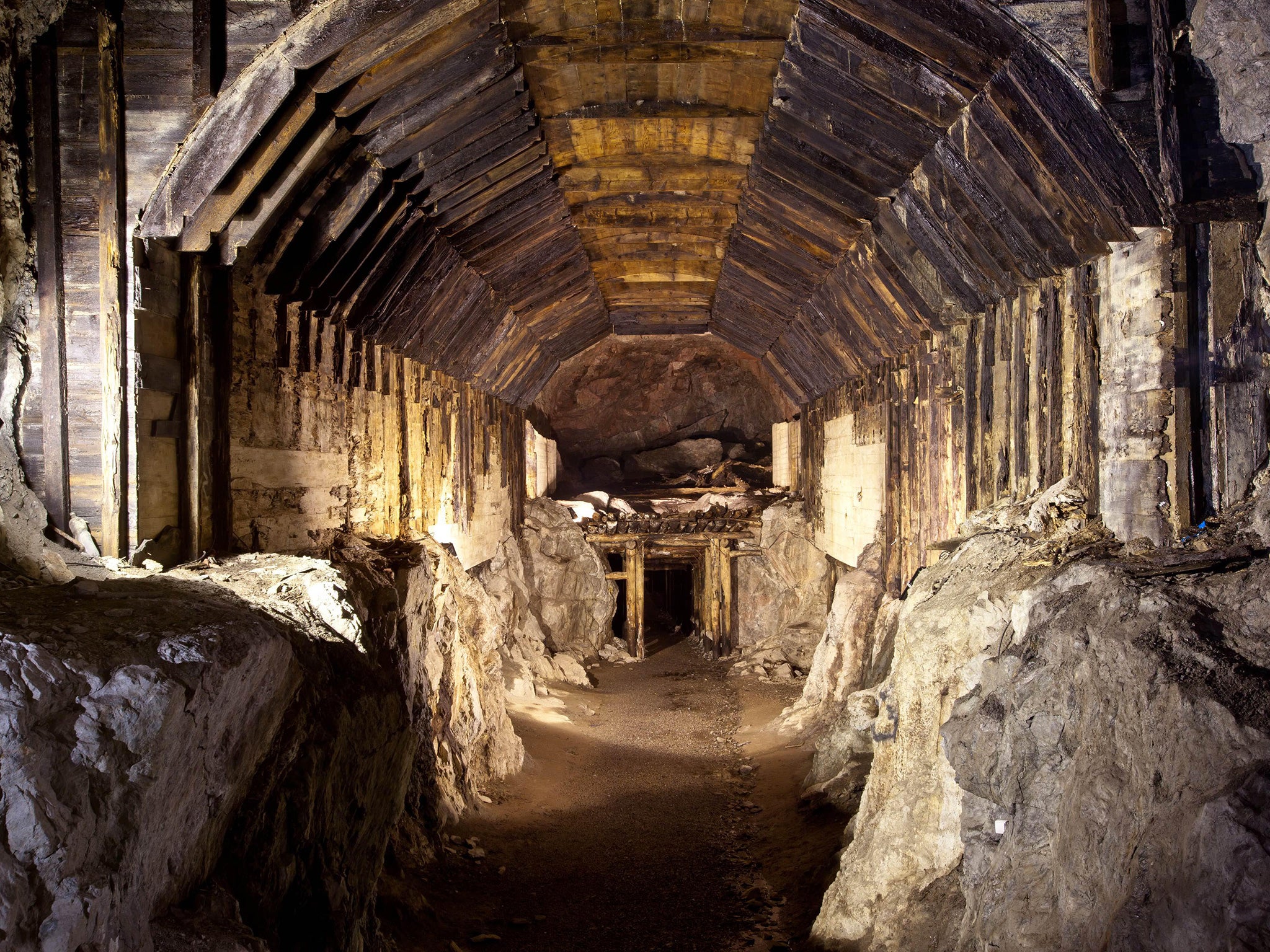Nazi 'gold train' explained: Is the train real, what is inside it and what are the authorities doing?
Two anonymous men have claimed to have discovered a Nazi train full of gold

The area surrounding the alleged location of a train full of looted Nazi gold and priceless artwork has gone up in flames as Polish authorities struggled to dampen the hysteria surrounding the possible discovery.
On Monday, approximately 219 yards surrounding the train line went up in flames, but authorities told The Daily Telegraph they were almost certain it was not arson. It is the latest incident as feverish interest in the Nazi "gold train" only increases. But what are the facts behind the hype?
Where is this happening?
Along the Wroclaw-Walbrzych train line in western Poland. The area was formerly part of Germany.
What were the origins of the ‘Nazi gold train’?
At the end of WWII, as the Red Army advanced, the Nazis reportedly sent a train filled with goods looted from Wroclaw to Walbrzych. They took the train into a tunnel system constructed under the Sowa mountains and, according to a German miner who claimed to have witnessed events, bricked up the tunnel’s entrance shortly afterward.
Do historians reckon it is real?
Local historian Joanna Lamparska said there were two theories for the train: either it was under the mountain or hidden near Walbrzch. But, she said “no-one has ever seen documents that confirm the existence of this train.”
Historian Guy Walters claimed although many Nazi gold stories have transpired to be false, this one may “have legs, or rather, wheels.”
And the locals?
It has been referred to as the town’s own “Loch Ness,” although residents are hardly complaining: the international attention has brought a flood of prospectors and tourists.
What is thought to be inside the train?
Gold, mostly forcibly taken from the Nazi’s prisoners. There are also rumours that the carriages were transporting items from what is known as the ‘Amber Room’, presented to Peter the Great in 1716 and later renovated and moved to Tsarkoye Selo by Catherine the Great in 1770. The fate of the room became a fascination for treasure hunters.
Ok. So where did these latest rumours originate from?
Two men, a Pole and a German, claimed in August they had found the train and demanded a 10 per cent finders’ fee. They say they are the first people to have found the train – but an organisation called The Silesian Research Group claims they found the train first.
What have the authorities done?
Mostly contradict themselves.
On 28 August Poland’s Culture Minister confirmed the find, with Piotr Zuchowski, Poland’s National Heritage and Conservation Officer, claiming they were “99 per cent” sure they had found the train after a man's "deathbed confession".
Shortly afterwards, the Culture ministry appealed for calm after hordes of treasure seekers besieged the mountain. Provincial governor Tomasz Smolarz said on Monday that police officers had blocked off an area near where the train is suspected to lie underground, ostensibly done to protect curious onlookers from the still-running trains.
The army, alongside Poland's secret Service Internal Security Service (ABW), has been sent in to search the area.
Then, on Monday, authorities suddenly backtracked. The evidence was "no stronger than similar claims made in past decades," according to a Bloomberg report. But the reports have done nothing to calm the feverish excitement that has built around the claims.
Join our commenting forum
Join thought-provoking conversations, follow other Independent readers and see their replies
Comments